-
Toward a sustainable energy transition…
- 09/03/2025
- Posted by: Besim Islami
- Categories: Energy efficiency, Innovation, National Energy and Climate Action Plans, Sustainable Energy
No Comments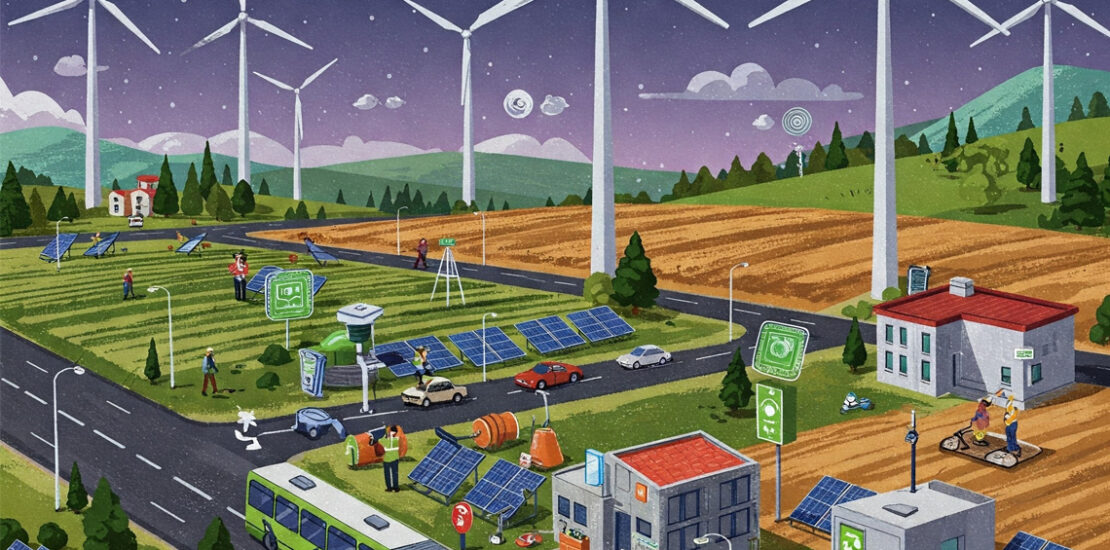
The sustainable energy transition is essential for combating climate change. It means shifting from fossil fuels to clean, renewable sources like solar and wind. This change requires innovation, investment, and a global commitment to a cleaner, more equitable energy future.
-
Energy efficiency for supporting national carbon emission reduction targets
- 15/02/2025
- Posted by: Besim Islami
- Categories: Business plans, Energy audits, Innovation, National Energy and Climate Action Plans, Sustainable Energy
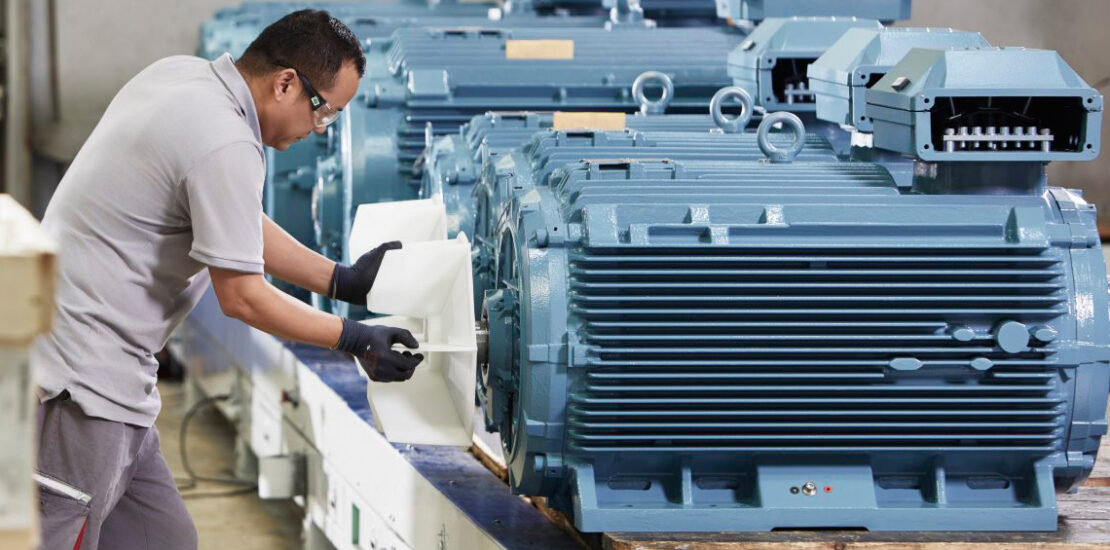
Modern electromotors, like permanent magnet and brushless DC types, coupled with variable frequency drives (VFDs), dramatically boost industrial energy efficiency. These technologies optimize motor performance, reducing energy consumption and costs while lowering greenhouse gas emissions.
-
Benefits from Photovoltaics installations
- 22/01/2025
- Posted by: Besim Islami
- Categories: Economics, Energy efficiency, Funding trends, Innovation, International, Photovoltaics, Sustainable Energy
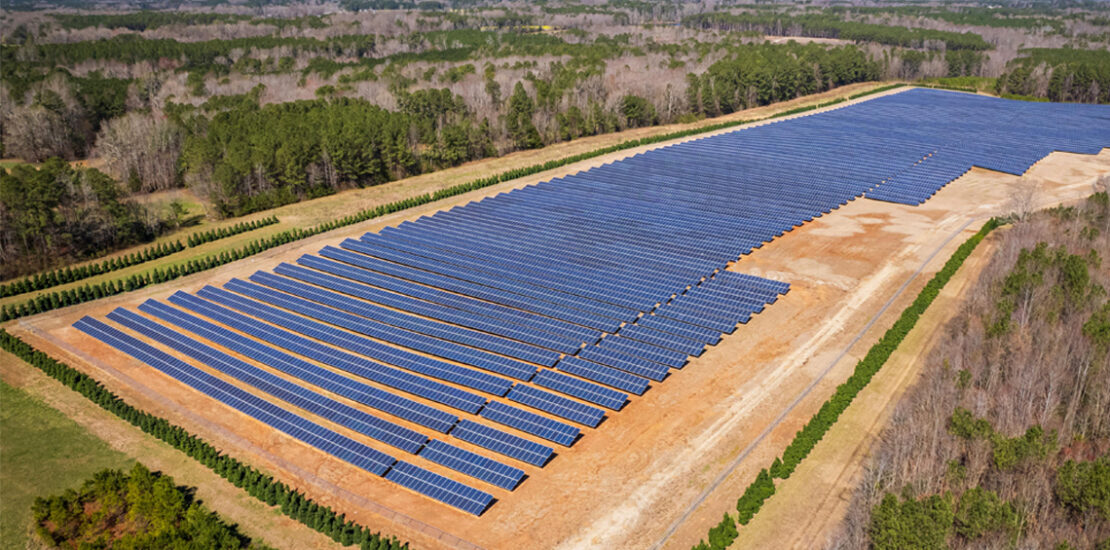
Photovoltaic (PV) installations are a key component of the shift to clean energy. By converting sunlight directly into electricity, PV systems offer a sustainable and increasingly affordable alternative to traditional power sources. From rooftop solar panels powering homes to large-scale solar farms feeding into the grid, PV technology is transforming how we generate and consume energy. These installations reduce reliance on fossil fuels, lower carbon emissions, and provide long-term cost savings, making them a vital investment in a sustainable future.
-
Net-zero energy buildings
- 02/01/2025
- Posted by: Besim Islami
- Categories: Economics, Energy audits, Energy efficiency, Innovation, International, Sustainable Energy
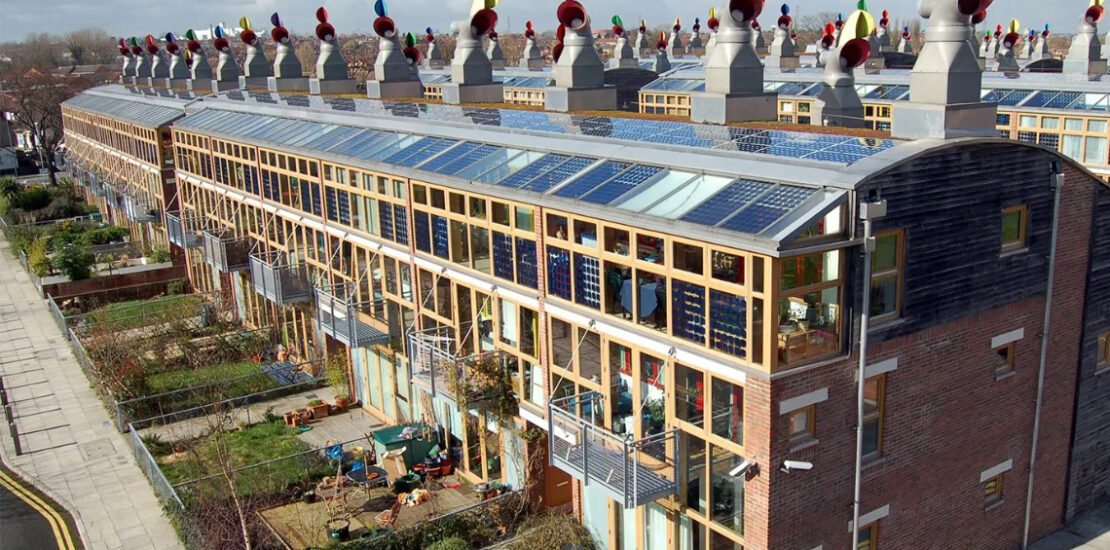
Most zero-energy buildings use the electrical grid for energy storage but some are independent of the grid and some include energy storage onsite. The buildings are called “energy-plus buildings” or in some cases “low energy houses”. These buildings produce energy onsite using renewable technology like solar and wind, while reducing the overall use of energy with highly efficient lightning and heating, ventilation, and air conditioning (HVAC) technologies. The zero-energy goal is becoming more practical as the costs of alternative energy technologies decrease and the costs of traditional fossil fuels increase.
-
Biomass fuel – Pellets
- 25/12/2024
- Posted by: Besim Islami
- Categories: Business plans, Economics, Energy efficiency, International, Sustainable Energy
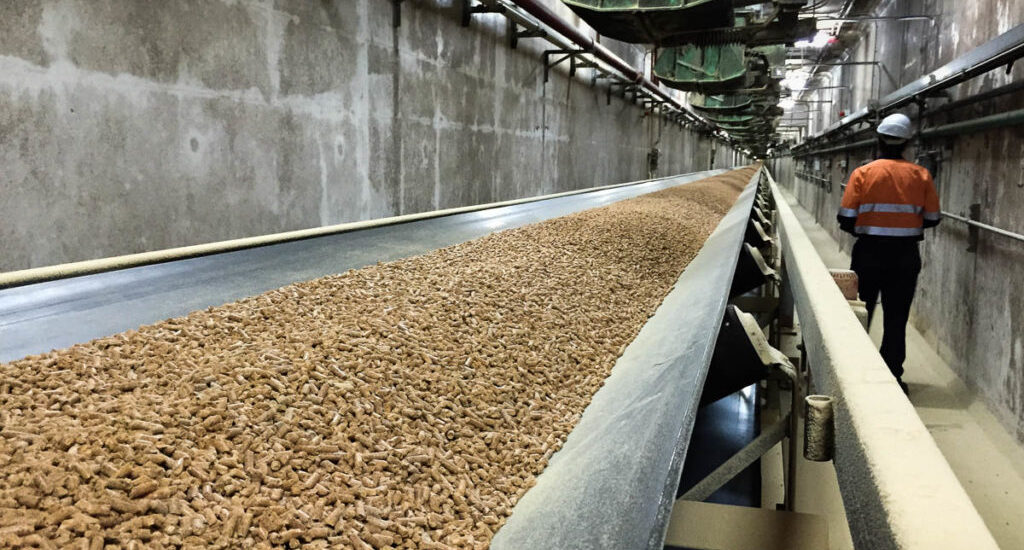
Pellets are extremely dense and can be produced with a low moisture content, below 10%, that allows them to be burned with a very high combustion efficiency.[9] Their regular geometry and small size allow automatic feeding with very fine calibration. They can be fed to a burner by auger feeding or by pneumatic conveying. Their high density permits compact storage and transport over long distance. They can be conveniently blown from a tanker to a storage bunker or silo on a customer’s premises.
Contact us at the Consulting WP office nearest to you or submit a business inquiry online.


